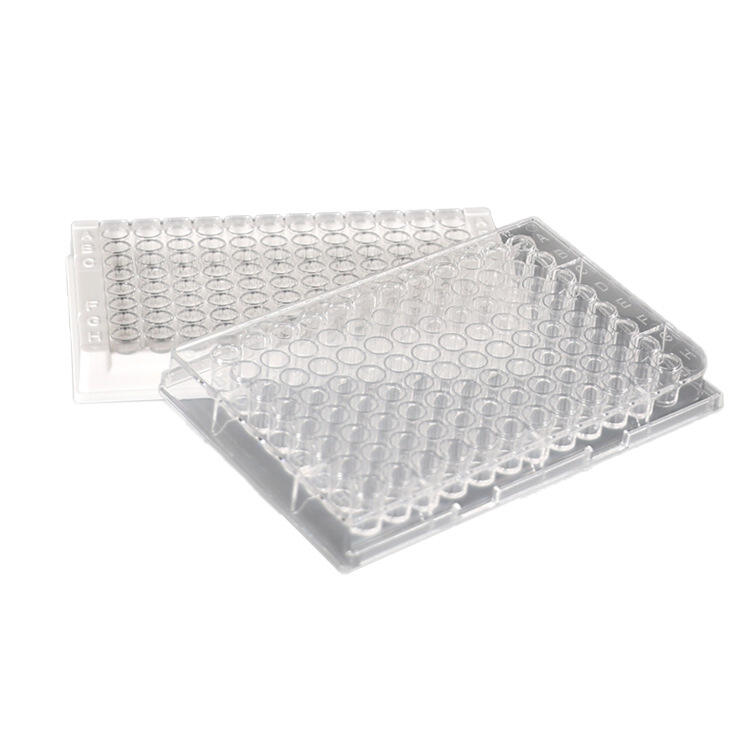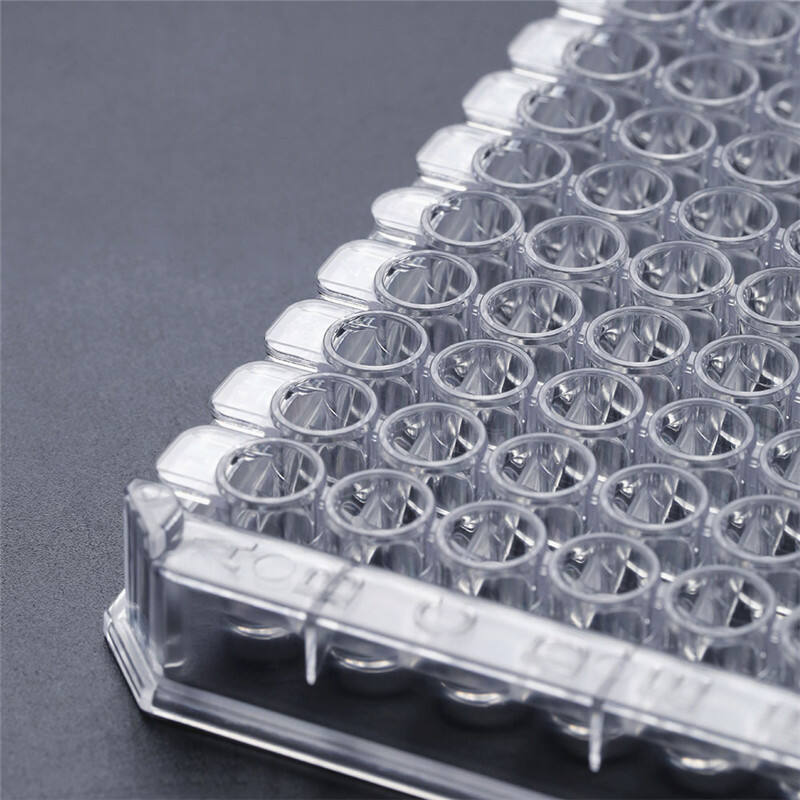Contact Info
No.208,Simingyuan,Tongan Industrial Concentration Area,Tongan District, Xiamen, Fujian, China 361100

Manufacturers of ELISA plates manufacture the plates for use with the enzyme-linked immunosorbent assay (ELISA) tests. The manufacture of these plates is done with extreme care to maintain the same dimensional and surface properties of each well to guarantee consistent results in ELISA testing. Quality control is carried out to ensure that the ELISA plate functions as intended

Copyright © 2025 by Xiamen Zhizi Industry & Trade Co., Ltd.